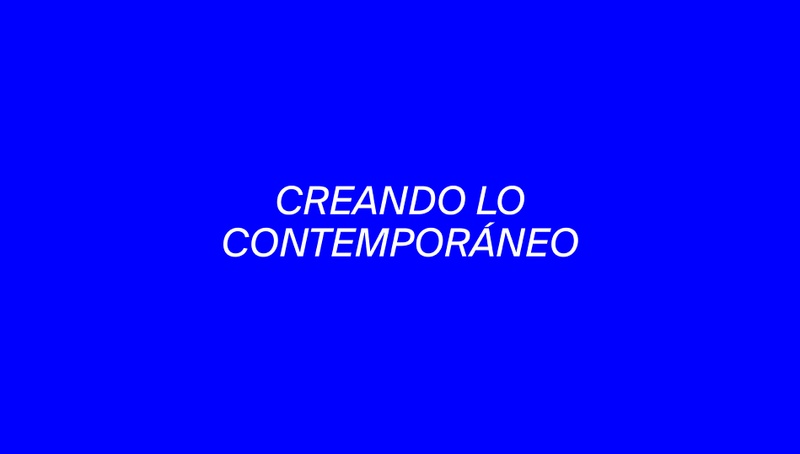“Craft is a broad and slippery word,” 1 with many associations. It can be used to designate a type of object, material or historical relation and frequently alludes to the handmade and domestic. “A form of making which generally produces an object that has a function,” 2 that has stretched past those limits to encompass types of making that touch on contemporary artistic production both in conflict and harmony.
Historically, craft and art were seen as part of the same form of production, for before the 1400’s, medieval European workshops were all composed of guilds of craftsmen. In the early 15th century though, Florentine intellectuals began placing importance on individual creativity, with painters petitioning their patrons to pay them according to merit. These makers became artists, while makers who remained in their collective workshops were deemed artisans. In the mid-1800’s artists turned to making work that was not considered within the parameters of the ‘fine’ arts, thus questioning the boundaries between craft and art. The Arts and Crafts Movement was born because of the lesser status afforded to certain mediums and its founders based their production on values concerned with the effects of industrialization on design and traditional craft, striving to revive and preserve techniques of handmade production. 3 The Arts and Crafts Movement and its concerns lasted into the 20th century to become integrated with Modernism. The boundaries between craft and art became increasingly blurred, particularly at the Bauhaus in Germany, in which artists and designers consistently integrated craft and industrial practices into their work. They leveled the distinction between fine and applied arts by unifying the arts through craft and their later focus on reestablishing the artist’s contact with the world of mechanical production. 4
“Craft is currently being viewed on a much broader front, going beyond the studio crafts to embrace every kind of making.” 8 The ways in which craft is defined or designated don’t and can’t fit clearly into perfectly delineated categories precisely because craft is constantly changing, informed by history and an essential part of the contemporary moment. Craft is more than its definitions across multiple registers. It exists as a concept, a medium, an inherent part of all skilled artistic production and a process incorporated seamlessly into making. So, even if the art versus craft debate lives on the truth is that “if art is seen as a technical system in which skill enchants us, [then] the term craft is surely a component of what Alfred Gell calls ‘the technology of enchantment’.” 9 Thus, through it all, the boundary defying artists engaging with craft are indeed crafting the contemporary.
Text by Adriana Kuri Alamillo, Curatorial Assitant.
2 “Art Term, Craft”, Tate, April 7, 2020, https://www.tate.org.uk/art/art-terms/c/craft
3 “The Arts & Crafts Movement”, The Art Story, The Art Story Foundation, April 11, 2020, https://www.theartstory.org/move ment/arts-and-crafts/
4 “Bauhaus”, The Art Story, The Art Story Foundation, April 11, 2020, https://www.theartstory.org/movement/bauhaus/
5 Julia Bryan-Wilson, “Eleven (Contradictory) Propositions in Response to the Question: What is Contemporary Craft?” in Craft: Documents of Contemporary Art, ed. Tanya Harrod (Cambridge, Massachusetts: The MIT Press, 2018), 65. 6 Catalina Lozano, “Santiago Borja – Divan: Free-Floating Attention Piece”, Freud Museum, Freud Museum London, 2010, https://www.freud.org.uk/exhibitions/santiago-borja-divan/ 7 Anni Albers, “Tactile Sensibility” in Craft: Documents of Contemporary Art, 27-30.
8 Tanya Harrod, “Introduction // Craft Over and Over Again,” in Craft: Documents of Contemporary Art, 16.
9 Ibidem, 18.


















